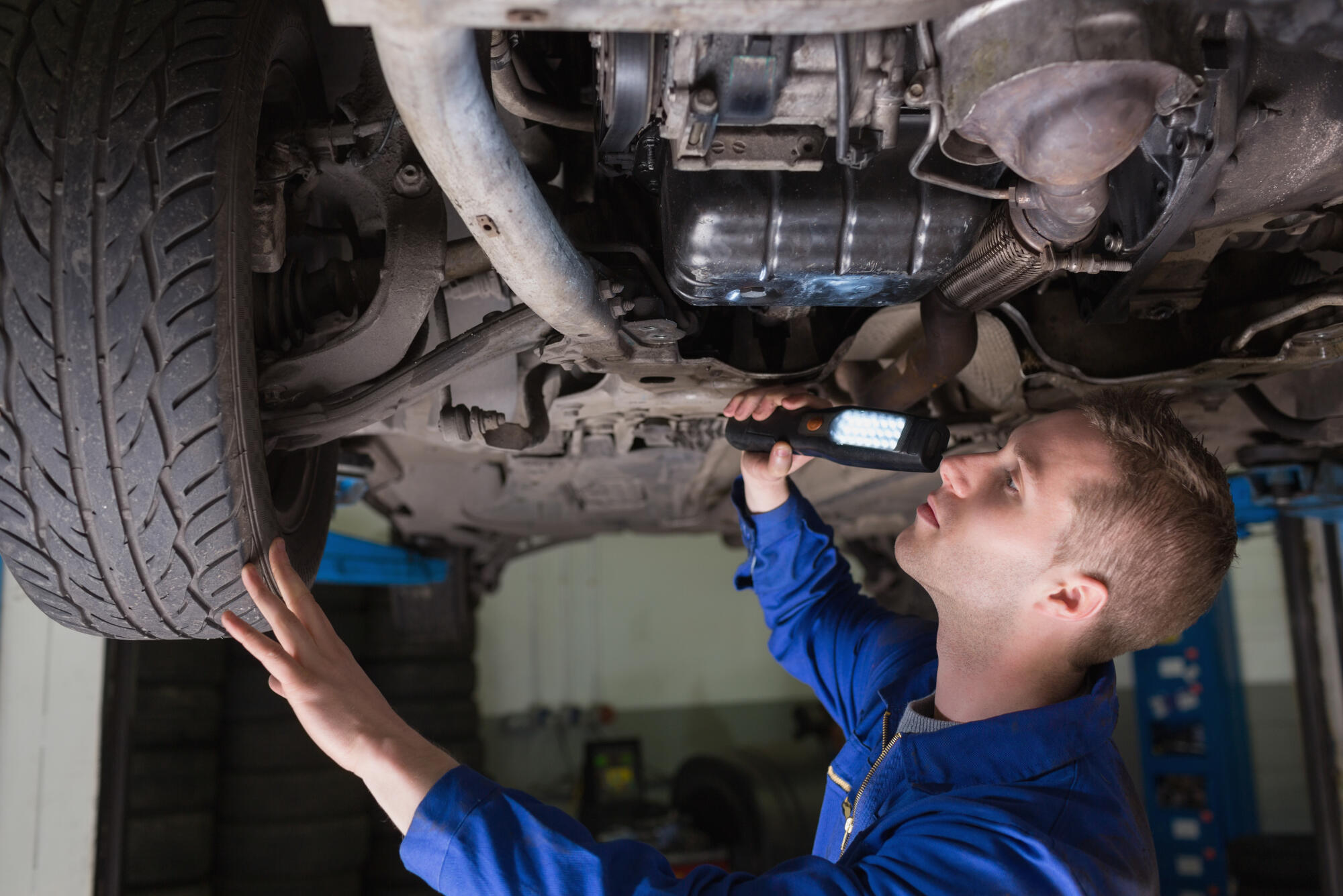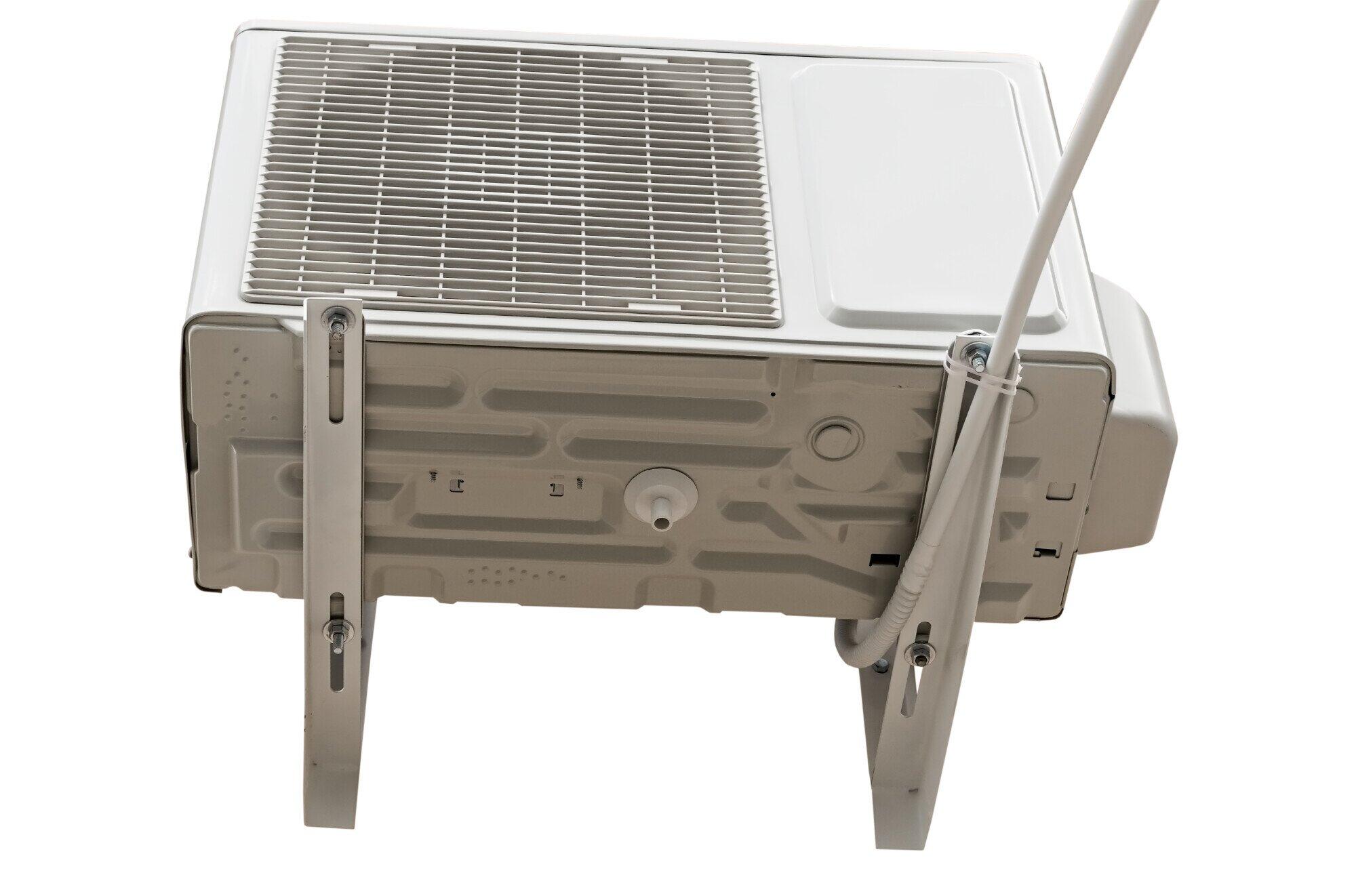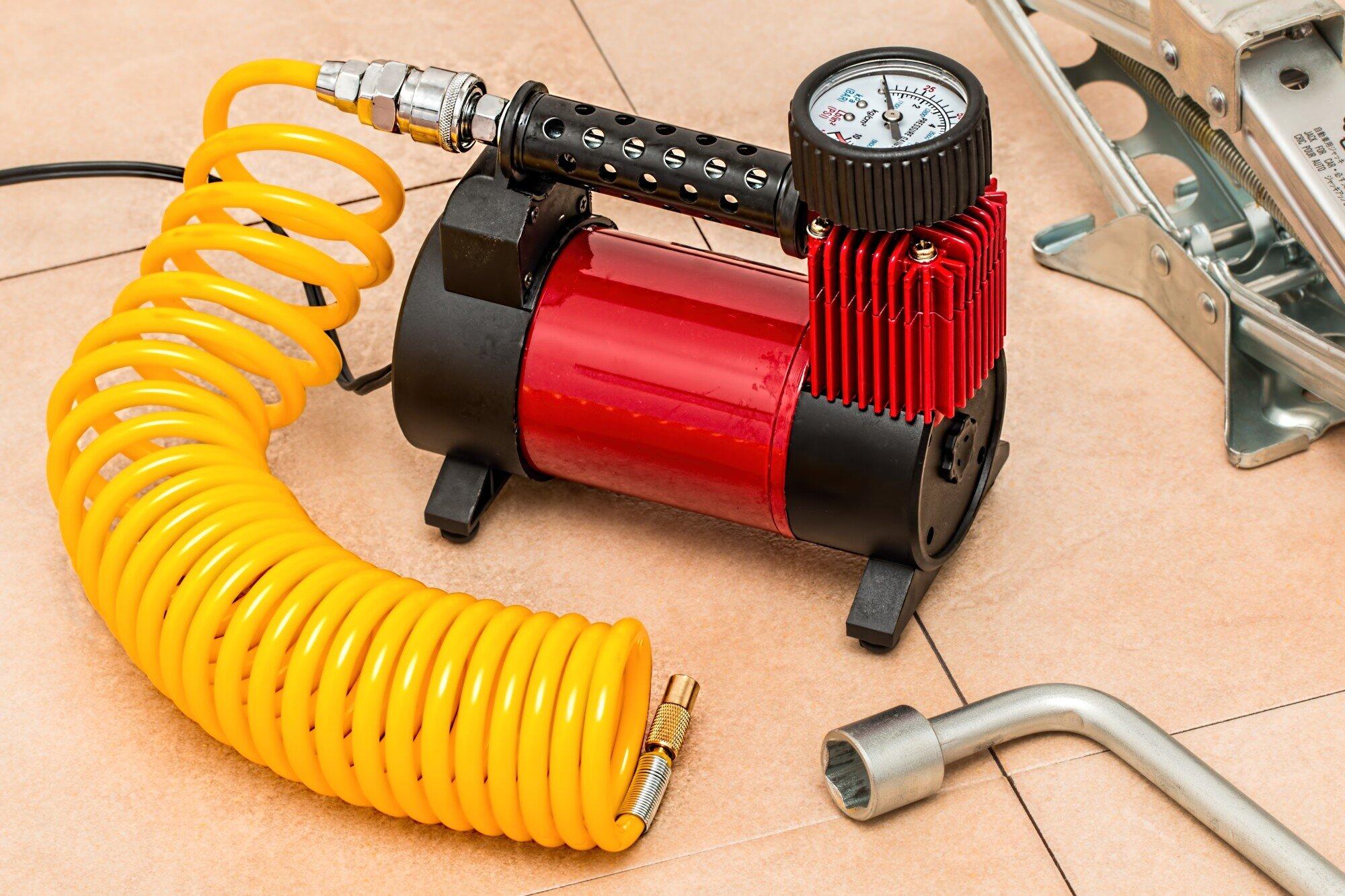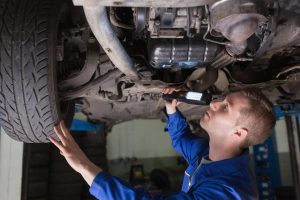Keeping your tyres properly inflated is one of the simplest yet most important parts of vehicle maintenance. Whether you own a car, motorcycle, or bicycle, the air pressure in your tyres has a big impact on performance, safety, and fuel efficiency.
This article will guide you through the benefits, features, and proper use of automatic air pumps for efficient tyre inflation. We’ll also explore how these devices can save you time and money while keeping your journeys safer.
Table of Contents
Why Proper Tyre Inflation Matters
Tyres are the only part of your vehicle that directly touches the road. Understanding why air pressure matters will help you see why regular tyre care is a must for every driver.
Safety on the Road
Underinflated tyres increase the risk of blowouts, skidding, and poor handling. Overinflated tyres, on the other hand, reduce grip and cause uneven wear. Properly inflated tyres improve traction, braking, and steering, which makes your trips safer.
Fuel Efficiency
When tyres are underinflated, they create more rolling resistance, which forces your engine to work harder. This means you burn more fuel and spend more money at the pump. Proper tyre pressure reduces drag, helping your vehicle move smoothly and efficiently.
Longer Tyre Life
Tyres wear unevenly when not inflated properly, which means you’ll have to replace them sooner. Correct pressure keeps the tread wearing evenly, extending tyre life. This saves money over time and reduces waste.
The Evolution of Air Pump Technology
Air pump technology has improved greatly over the years. Understanding the different types shows how far convenience and efficiency have come.
Manual Pumps
Manual pumps, like foot pumps or hand-operated ones, require physical effort and can be tiring. They are inexpensive but not practical for inflating larger tyres. For motorcycles and cars, they often take too long and leave you exhausted.
Station-Based Compressors
Gas stations made inflation easier by introducing electric-powered air compressors. While useful, they require you to find a nearby station and may charge fees for use. They’re also not always available during emergencies.
Portable Electric Pumps
Portable pumps that plug into a 12V car socket became popular for their convenience. They inflate tyres faster than manual options and work well during roadside situations. However, most early models lacked automatic shut-off and digital accuracy.
Modern Automatic Air Pumps
The latest automatic pumps take convenience to another level. They can measure pressure digitally and stop inflation once the set PSI is reached. Some even connect to smartphones for real-time updates, making tyre care smarter and stress-free.
Key Features of Modern Automatic Air Pumps
Modern pumps come with advanced features that save time and effort. Knowing what to look for helps you choose the right one for your needs.
Digital Pressure Gauges
Digital displays show exact tyre pressure, removing the guesswork. This ensures accuracy compared to old manual gauges. It also helps you know if your tyres need a quick top-up before driving.
Automatic Shut-Off
With automatic shut-off, the pump stops once the set pressure is reached. This prevents overinflation, which can damage tyres. It also allows you to relax while the pump does its job.
Portability
Modern pumps are compact and lightweight, making them easy to carry in your car or motorcycle bag. This makes them perfect for road trips or emergencies. Their small size does not compromise their power or efficiency.
Multi-Purpose Use
Many automatic pumps come with adapters for sports balls, inflatable boats, and even air mattresses. This makes them versatile tools for households. You get more value out of one device that handles multiple needs.
Rechargeable Batteries
Some pumps now come with rechargeable batteries instead of only relying on car sockets. This makes them useful even when a vehicle’s power source isn’t available. They are perfect for motorcycles, bicycles, and outdoor activities.
Benefits of Using Automatic Air Pump Technology
Automatic air pumps make tyre care faster and easier. Their benefits extend to safety, savings, and convenience.
Convenience Anytime, Anywhere
You don’t need to drive to a gas station or borrow equipment when you own an automatic pump. It allows you to inflate your tyres at home, on the road, or during emergencies. This flexibility saves you time and worry.
Time Savings
Automatic pumps inflate tyres in minutes compared to manual options. You can set your desired PSI and let the pump handle the work. This quick process is especially helpful when you’re in a rush.
Improved Safety
By regularly checking and maintaining pressure, you avoid risks of tyre blowouts or poor handling. Automatic pumps make it easier to keep tyres safe without effort. This leads to fewer accidents caused by tyre issues.
Cost-Effective
Proper tyre care saves you money on fuel and reduces premature tyre wear. Automatic pumps also save you from service station fees. Over time, this small device pays for itself many times over.
How to Use an Automatic Air Pump Effectively
Using an automatic air pump is simple, but doing it correctly ensures safety and accuracy. Following these steps guarantees the best results.
Step 1: Check Manufacturer’s Recommended Pressure
Every vehicle has a specific PSI listed in the manual or on the driver’s side door. This ensures tyres perform as designed. Always use this guideline instead of guessing.
Step 2: Attach the Pump Nozzle
Secure the nozzle tightly to the tyre valve to prevent air leaks. A good connection ensures accurate pressure readings. Some pumps beep or flash when the connection is secure.
Step 3: Set the Desired Pressure
Use the pump’s controls to set the correct PSI. Many models allow you to increase or decrease the number easily with buttons. This makes it simple to match your vehicle’s requirements.
Step 4: Start Inflation
Turn on the pump and let it inflate. Automatic pumps are faster than manual ones and stop on their own when done. You don’t need to supervise closely while it works.
Step 5: Double-Check
Even though pumps are accurate, using a separate pressure gauge for confirmation is a good habit. This ensures consistency and avoids mistakes. Regular checks help keep tyres reliable.
Choosing the Right Automatic Air Pump
Not all pumps are built the same, so picking the right one matters. Considering these factors ensures you invest in the best option.
Inflation Speed
Look for pumps that can inflate a flat tyre to full PSI within minutes. Faster models are especially useful in roadside emergencies. Speed makes a big difference when time is critical.
Maximum Pressure Capacity
Check the maximum PSI rating of the pump to match your tyres. Motorcycles often need higher PSI than cars, so choose accordingly. Using the wrong pump may lead to incomplete inflation.
Power Source
Some pumps run only on 12V car sockets, while others include rechargeable batteries. Choose one that fits your lifestyle and travel habits. Battery-powered models are great for outdoor use where outlets aren’t available.
Size and Weight
If you plan to carry it daily, opt for a lightweight, compact model. Bigger pumps may be more powerful, but are harder to store. Balance portability with performance based on your needs.
Extra Features
Features like built-in lights, USB ports, or smartphone connectivity add convenience. A pump with multiple adapters can also serve other household uses. For example, AutoPump offers advanced features while remaining portable.
Common Mistakes to Avoid When Inflating Tyres
Even with advanced pumps, small mistakes can lead to bigger problems. Avoiding these errors helps you make the most of your device.
Ignoring Regular Checks
Many drivers only check tyres when they appear flat. By then, they may already be unsafe to drive. It’s best to inspect and inflate tyres every two weeks.
Inflating When Tyres Are Hot
Tyres heat up as you drive, which raises pressure readings. Inflating while hot can give false results and cause overinflation. Always check tyres when they are cold for accuracy.
Overinflating for Better Mileage
Some believe higher pressure saves fuel, but this reduces tyre grip and shortens lifespan. Overinflated tyres can also make rides uncomfortable and unsafe. Stick to manufacturer-recommended PSI levels.
Forgetting the Spare
A spare tyre is useless if it’s flat during an emergency. Many drivers forget to check it until it’s too late. Include the spare in your routine tyre checks.
Tyre Care Beyond Inflation
Inflation is just one part of tyre maintenance. Paying attention to other factors keeps tyres in top shape.
Regular Rotation
Rotating tyres helps spread wear evenly across all four tyres. This prevents one tyre from wearing out faster than the others. Regular rotation extends overall tyre life.
Wheel Alignment
Poor alignment causes tyres to wear unevenly and reduces control. Alignment ensures tyres meet the road at the correct angle. This improves handling and reduces unnecessary strain on tyres.
Tread Depth
Tread provides grip, especially on wet roads. Worn-out treads reduce traction and increase the risk of skidding. Check tread depth often and replace tyres when they fall below safe limits.
A Smarter Way to Stay Safe on the Road
Tyre inflation is no longer a tiring or time-consuming task. With modern automatic air pump technology, you can ensure your tyres are always at the right pressure-quickly, conveniently, and safely. From better fuel economy to improved handling and longer tyre life, the benefits are clear.
If you haven’t yet invested in one, now is the time. Explore the available options, keep one handy in your vehicle, and enjoy worry-free travel.
Found this article useful? Keep browsing the rest of this section for more.










































































